beach photography is about movement. The water is always in motion and if this plays a major part in the composition, you have to be able to balance this movement with the stillness of the rest of the image. The best way to do this is to keep the amount of motion in mind. If there is crashing surf, you will be best served by limiting the amount of surf in your composition or it may overshadow the non moving parts. The less the water movement, the more of it you can include in your compositions.
In beach photography, light is not always your best friend. We are accustomed to seeing bright sunlight in beach photos. But remember that if there is white sand, it can cause a lot of glare and result in stark high contrast photos that do not capture the feel of the beach. As in all landscape photography, the best time to shoot is in the mornings and evening when the light hits the sand obliquely, resulting in less glare and harshness and thus warmer colors.



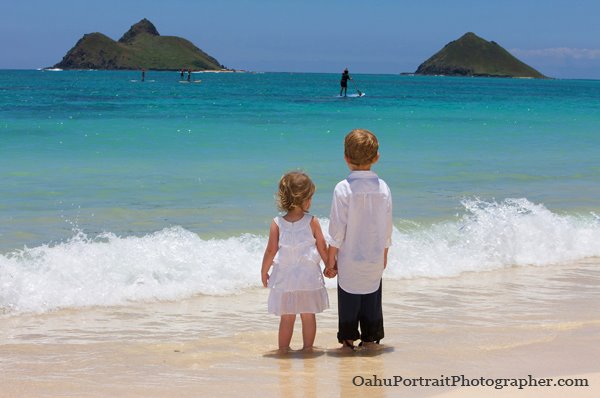
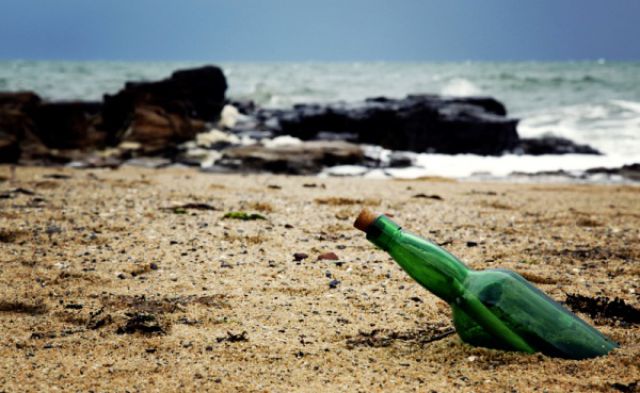
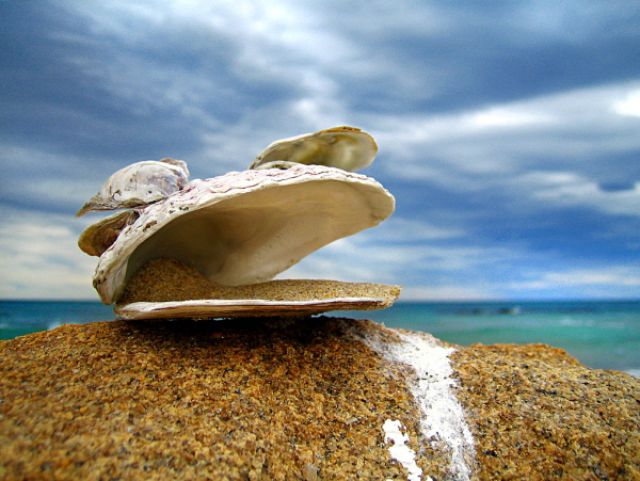



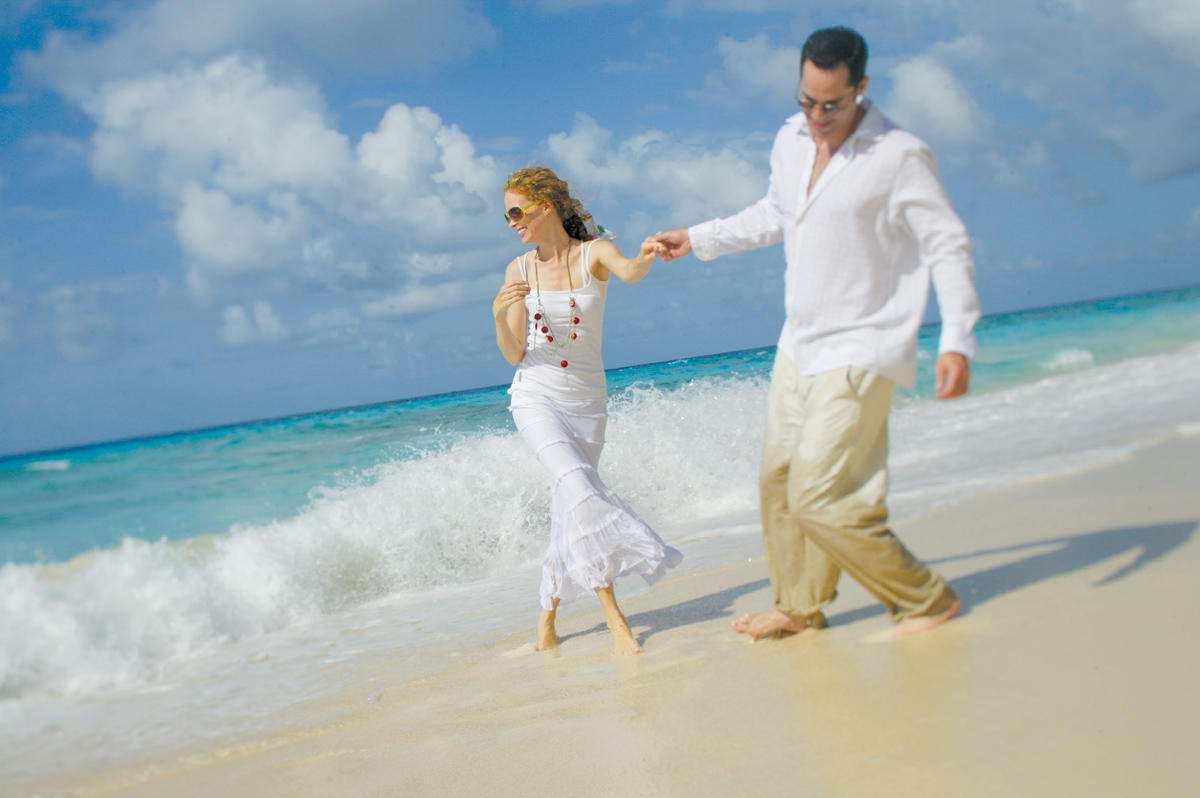
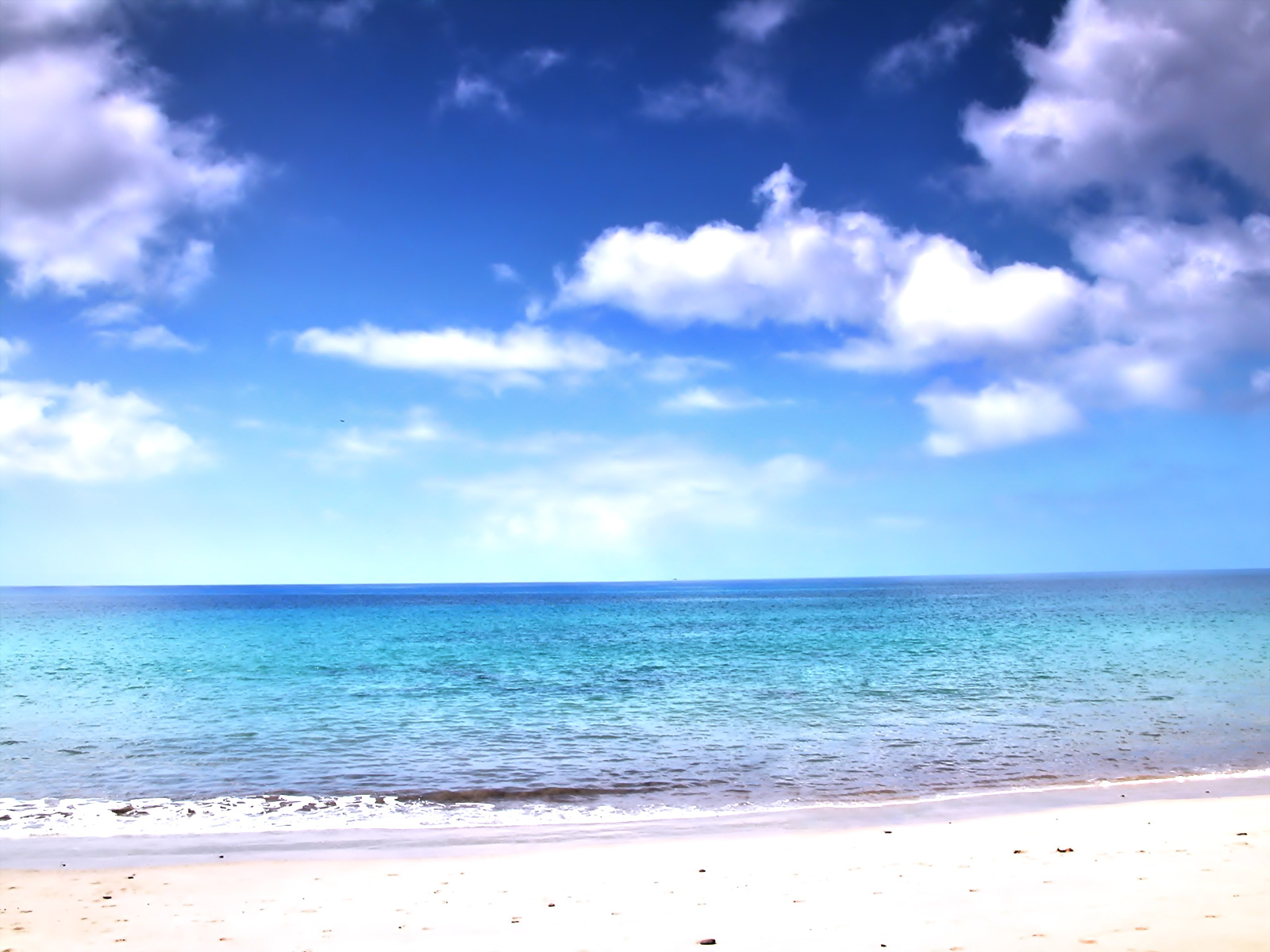

Don't despair if you are at the beach on a cloudy day. Using the "cloudy" setting on our camera you may be able to capture some great images that show the dramatic contrast between the gray clouds and water. Try taking black and white photos. And if it's not totally overcast, cloud formations against a blue sky with blue water in the foreground can result in dramatic effects.
When photographing objects or people on the beach, remember that you have a long flat unending background. Keep the focus on the subject and allow only as much background as is required for setting the tone or mood of the picture. Trying to do a "half and half" usually results in not doing justice to either the landscape or the subject.
If you are trying to capture just the openness of the beach, use a wide angle lens. The small lens will exaggerate the perspective and result in the background seeming to stretch away into the distance and thereby add a 3 dimensional effect to your photo. If you are shooting up the beach, the wide angle lens will let you keep everything, from the water in front of you to the rocky headland in the distance, in focus. If you want a person or object in the image to add a sense of perspective, remember that the wide angle lens will make the object seem more distant than it really is so compensate for this by moving closer to it.
0 Response to "Beach Photography"
Post a Comment